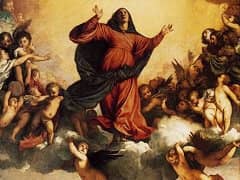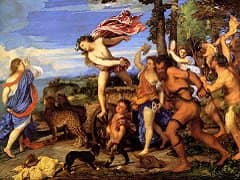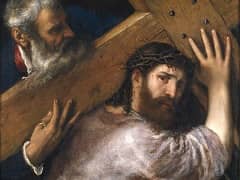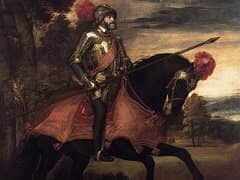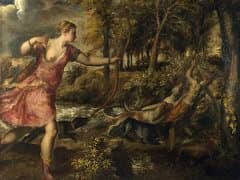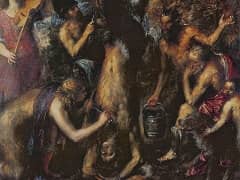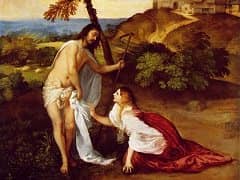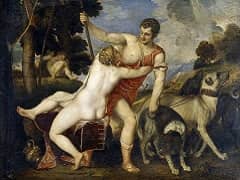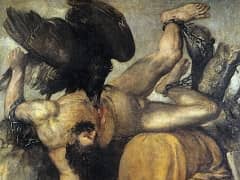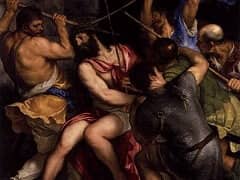Danae Receiving the Golden Rain, 1553 by Titia
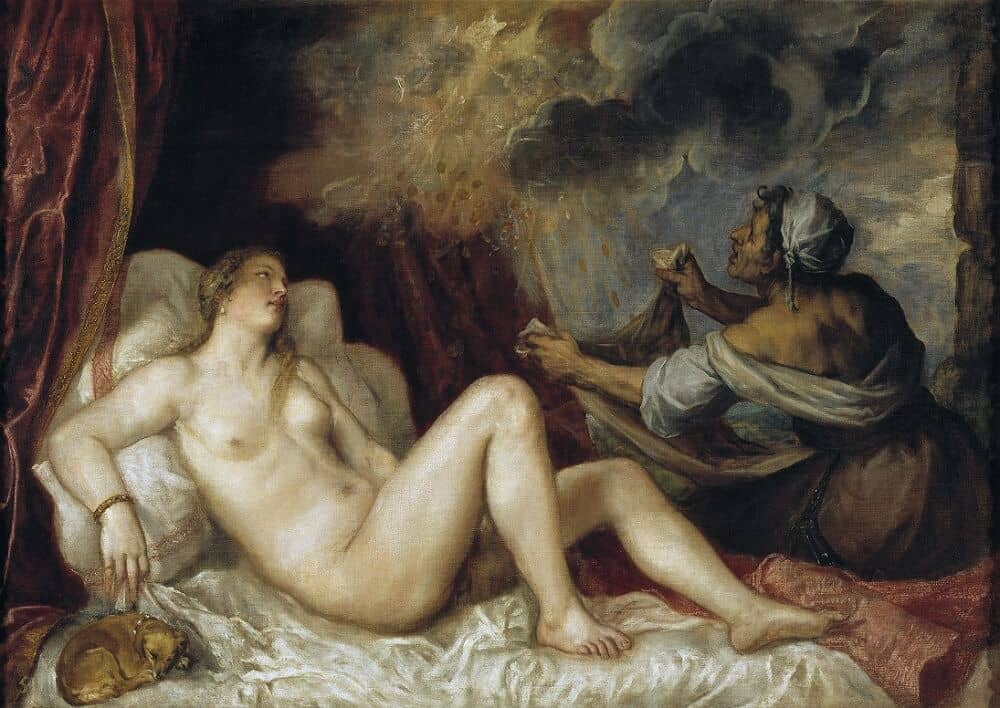
The myth of Danae tells how Acrisius, King of Argos and father of Danae, consulted an oracle who foretold his death at the hands of his grandson. In order to avoid this, he locked Danae in a tower, which failed to prevent Zeus from possessing her in the form of golden rain.
The great development of mythological narrative in Titian's later years, however, occurred within a feminine mode, beginning with the Danae that he painted in Rome. Danae receiving the Golden Rain, still more sensuous version of this subject was in progress in 1553 and in the possession of Philip II by the following year. Together with the painting of Venus and Adonis, it initiated a series of mythological representations - poesie, as the painter himself called them - that comprised the most important of Titian's projects for the Spanish monarch.
The Danae receiving the Golden Rain and probably also the Venus and Adonis were invented during Titian's stay in Rome, under the direct inspiration and challenge of Roman models; responding to that challenge, each of these compositions is constructed about a single dominant figure or figural group that works subtly against the insistent control of the picture plane. As he developed the subsequent poesie, however, Titian situated his actors, now displaying greater freedom of movement, within more expansive spatial settings; the dramatic interaction of the figures, especially in the Diana pictures, elaborated a more complex narrative, and the temporal element, too, is enriched. In Actaeon's ill-starred discovery of Diana and her nymphs at their bath, for example, the moment of surprise is precisely recorded in the varied responses of the figures. But the mortal hunter recoils not only at the sight of the vengeful goddess; he perceives as well, in the stag's skull set upon the rusticated pillar, his own tragic fate - to be transformed into that animal and devoured by his own hounds.

